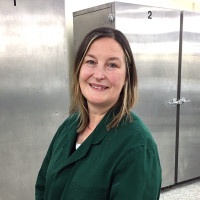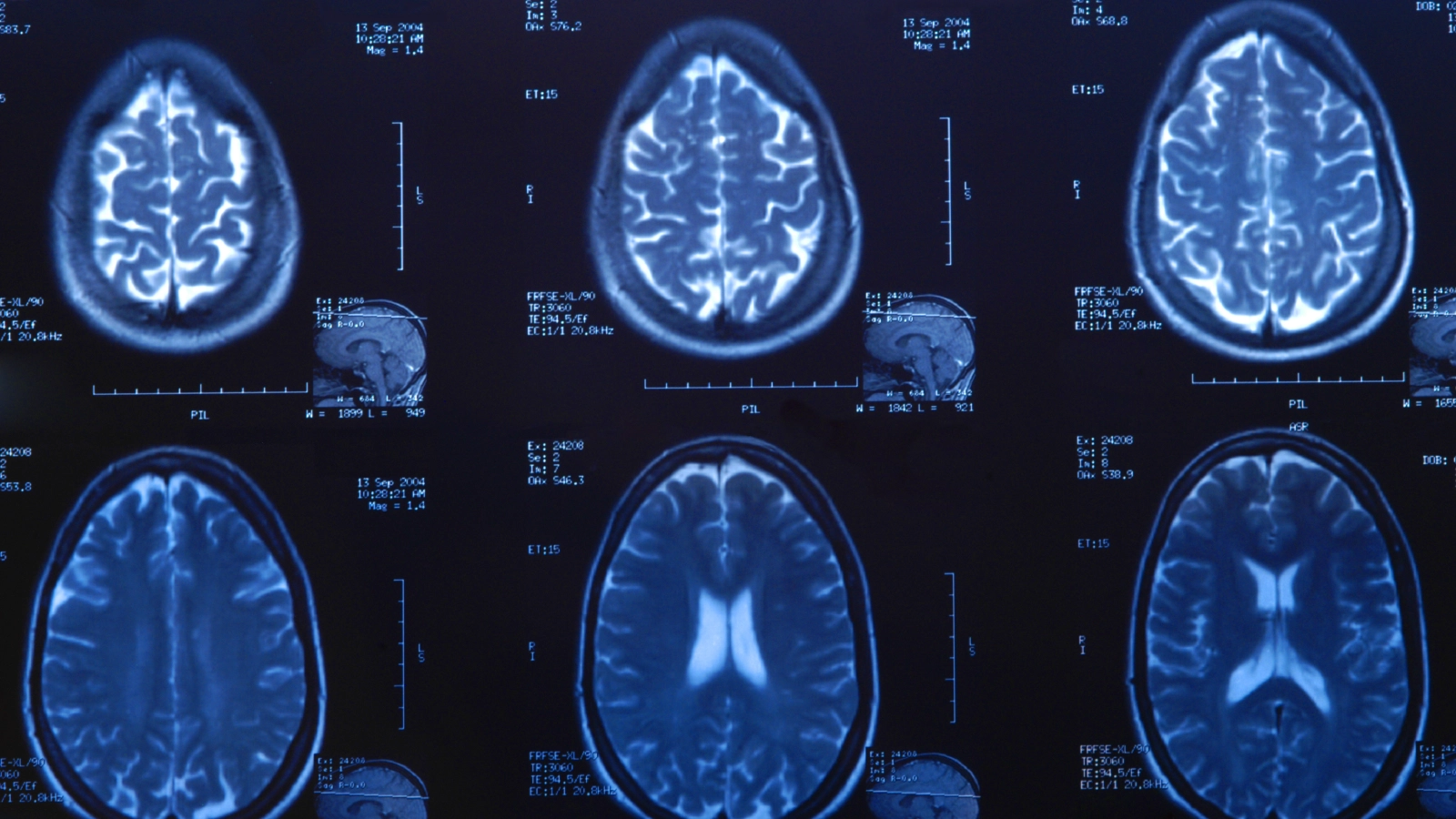We're celebrating our fifth anniversary, take a look at our highlights from the year.
Science
A Q&A with the course leader of Functional Neuroanatomy
Science
A Q&A with the course leader of Functional Neuroanatomy
Meet Dr Sue Jones, Associate Professor at the University of Cambridge
What specific aspects of Neuroanatomy are you currently researching?
I’m a neurobiologist working on the properties of the neurons and their connections in the brain. I am currently focussed on kisspeptin neurons (required for puberty and fertility) and amygdala neurons (involved in compulsive aspects of drug addiction).
What is the most exciting thing about the field of neurobiology?
Despite an enormous research effort, the brain remains enigmatic: there is so much we still do not understand. This makes it very challenging, but also very exciting to work on.
What are the key challenges in the field of neurobiology?
It is such a vast, multidisciplinary, and relatively new subject that there are too many to list! I would like us to have a better understanding of how the parts give rise to the function of the whole, with the goal of better understanding neurological and psychiatric disorders.
Tell us something interesting about your research
My research involves ‘listening’ to neurons communicate with each other, in real time. This never ceases to bring me joy. Exploring why that changes in key life events and in models of disease gets me out of bed in the morning.
How does the Neuroanatomy course accommodate the diverse needs of medical professionals and researchers at different career stages?
Not all Medical Schools are able to offer a Neuroanatomy course and so we wanted to offer a course that could be taken by medical students, junior doctors and other medical professionals at any stage of their career and that would fit into busy work and home lives. We also wanted to make it available to researchers, because there is so much interest in researching the human brain.
What is the intended outcome for learners taking this Neuroanatomy course?
Confidence in understanding and talking about neuroanatomy that is relevant for function.
Why is understanding Neuroanatomy crucial?
Mental health is a key focus area and at the core of this is the impact of everything (diet/ exercise/ stress/ illness/ medicines etc) on the brain- we need to understand it better. In addition, for the wellbeing of our aging population and for the sustainability of our healthcare, we must find better ways to treat neurodegenerative diseases.
Who are your inspirations within this field?
The sixteenth century anatomist, Andreas Vesalius whose drawings are exquisite and by my friend and colleague Dr Steve Edgley, whose anatomical knowledge and enthusiasm for teaching is bottomless: without him I would not be developing this course.
What have your students taught you over the years?
That Neuroanatomy is not easy, and it needs to be taught with patience, kindness and understanding. And that, when we get it right, it is incredibly rewarding for everyone involved.
Explore our range of online courses led by University of Cambridge academics, and learn from thought leaders at the forefront of academic research. Visit our website for more information: advanceonline.cam.ac.uk(Opens in a new window).

